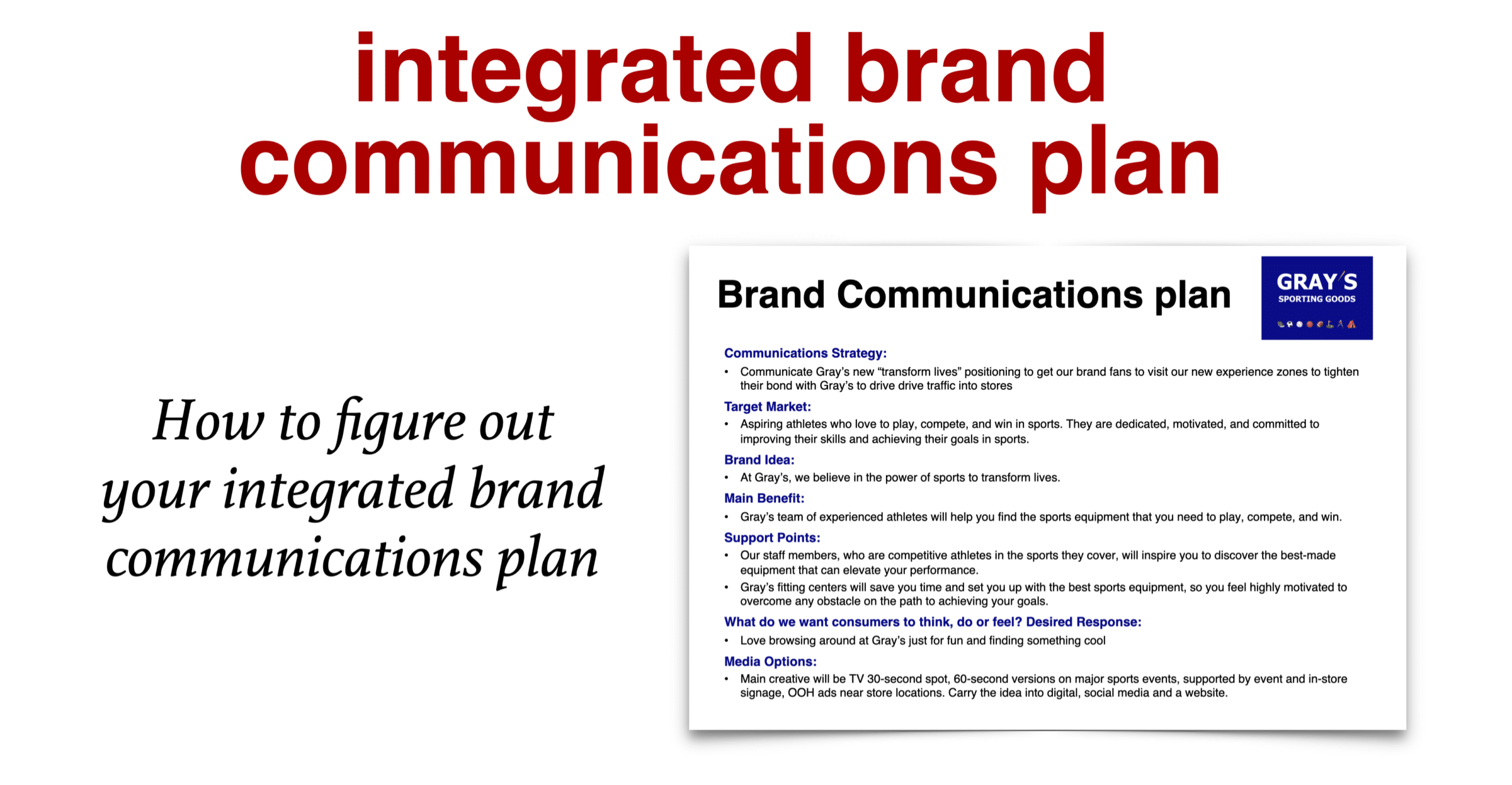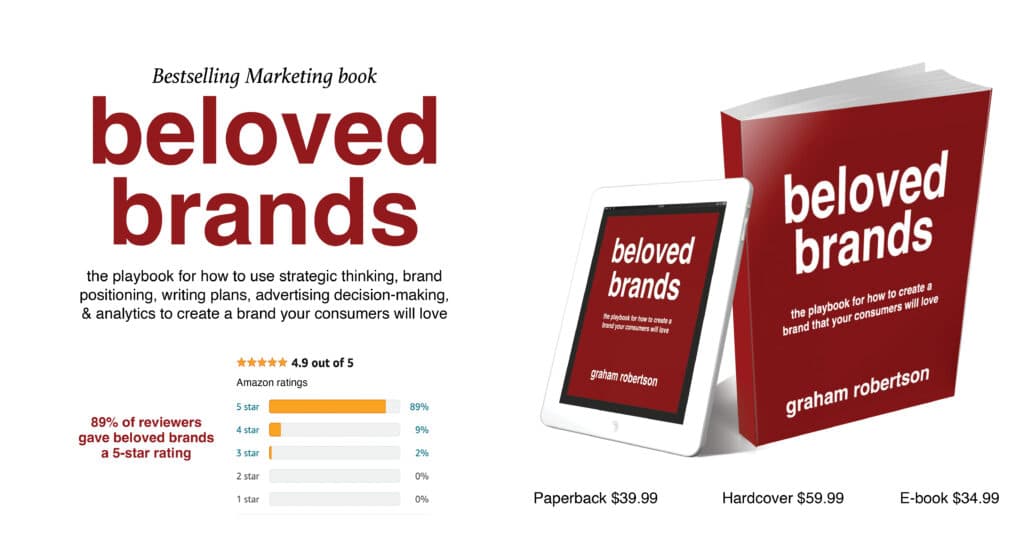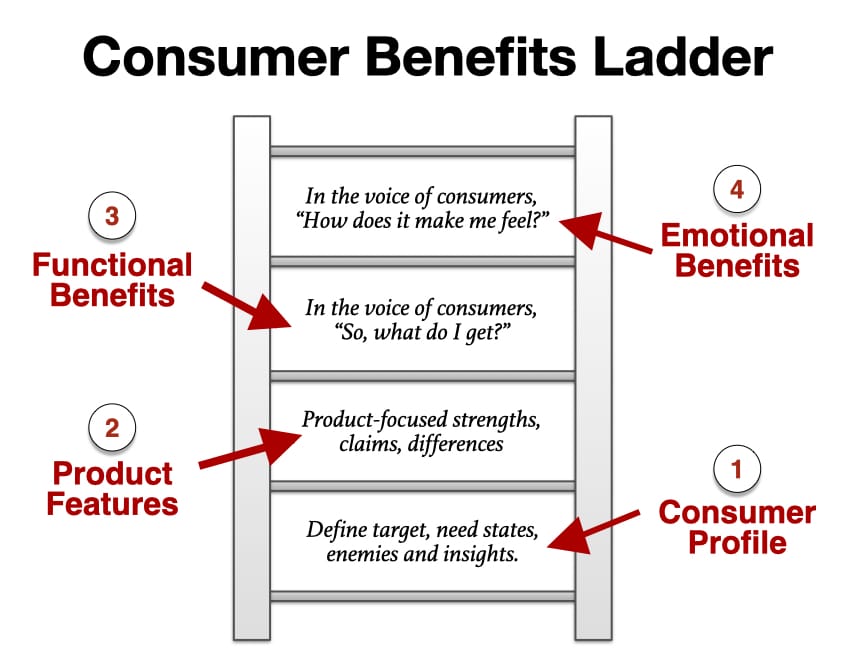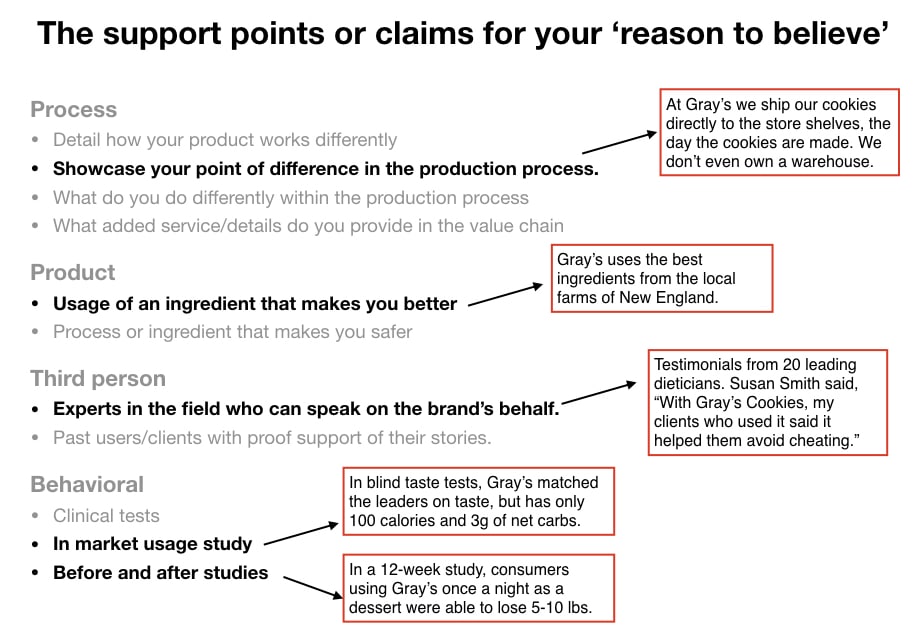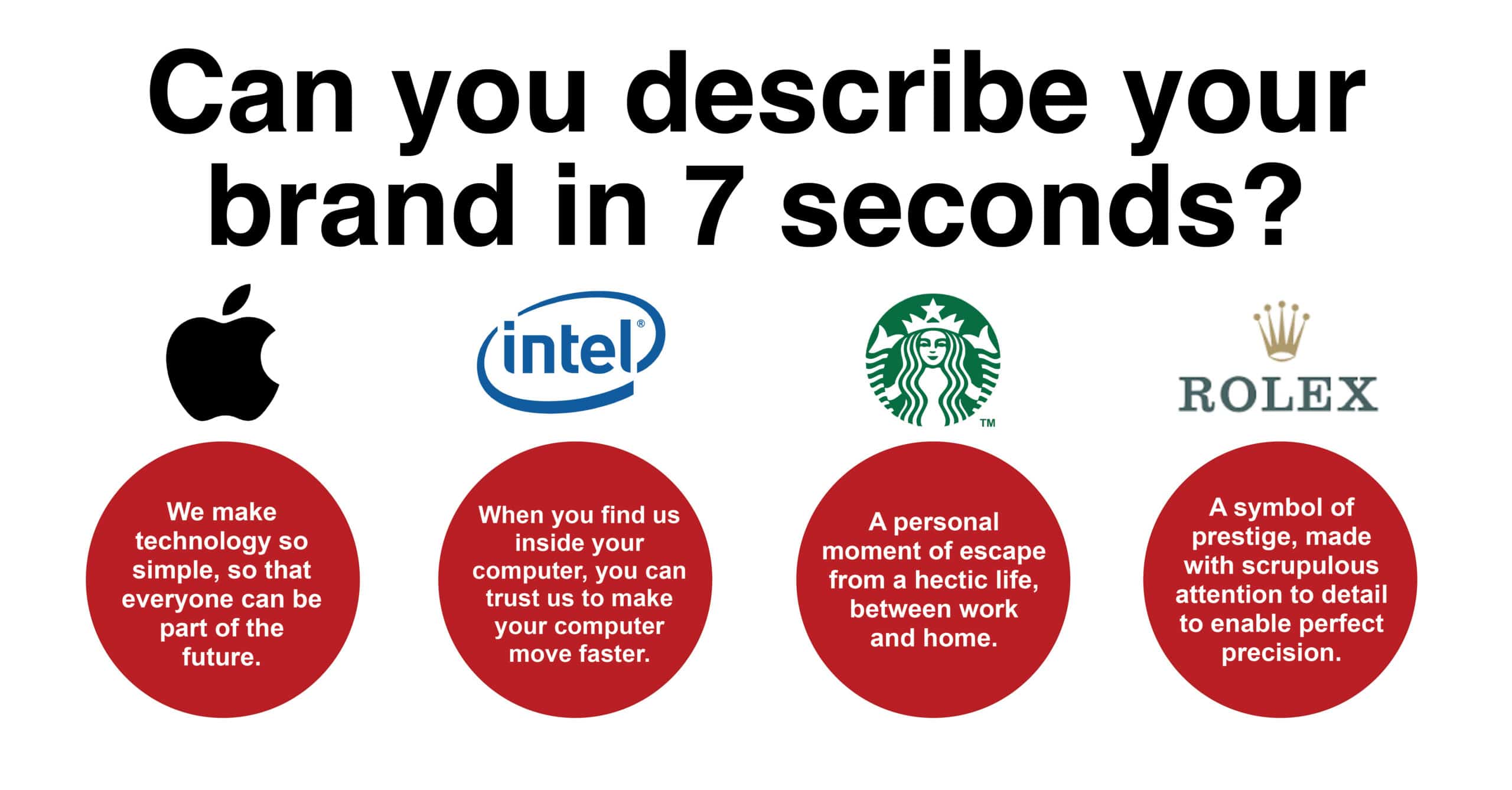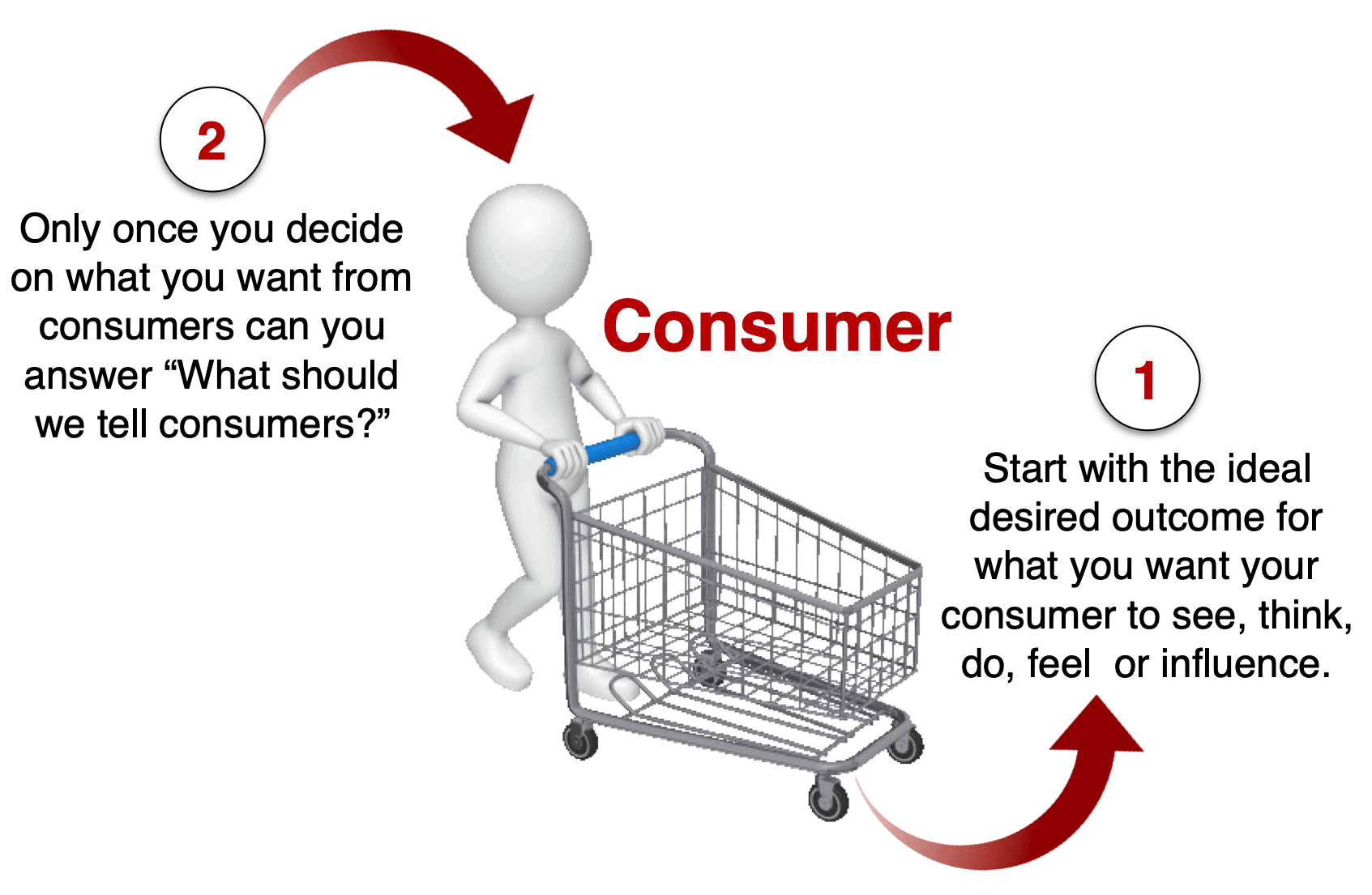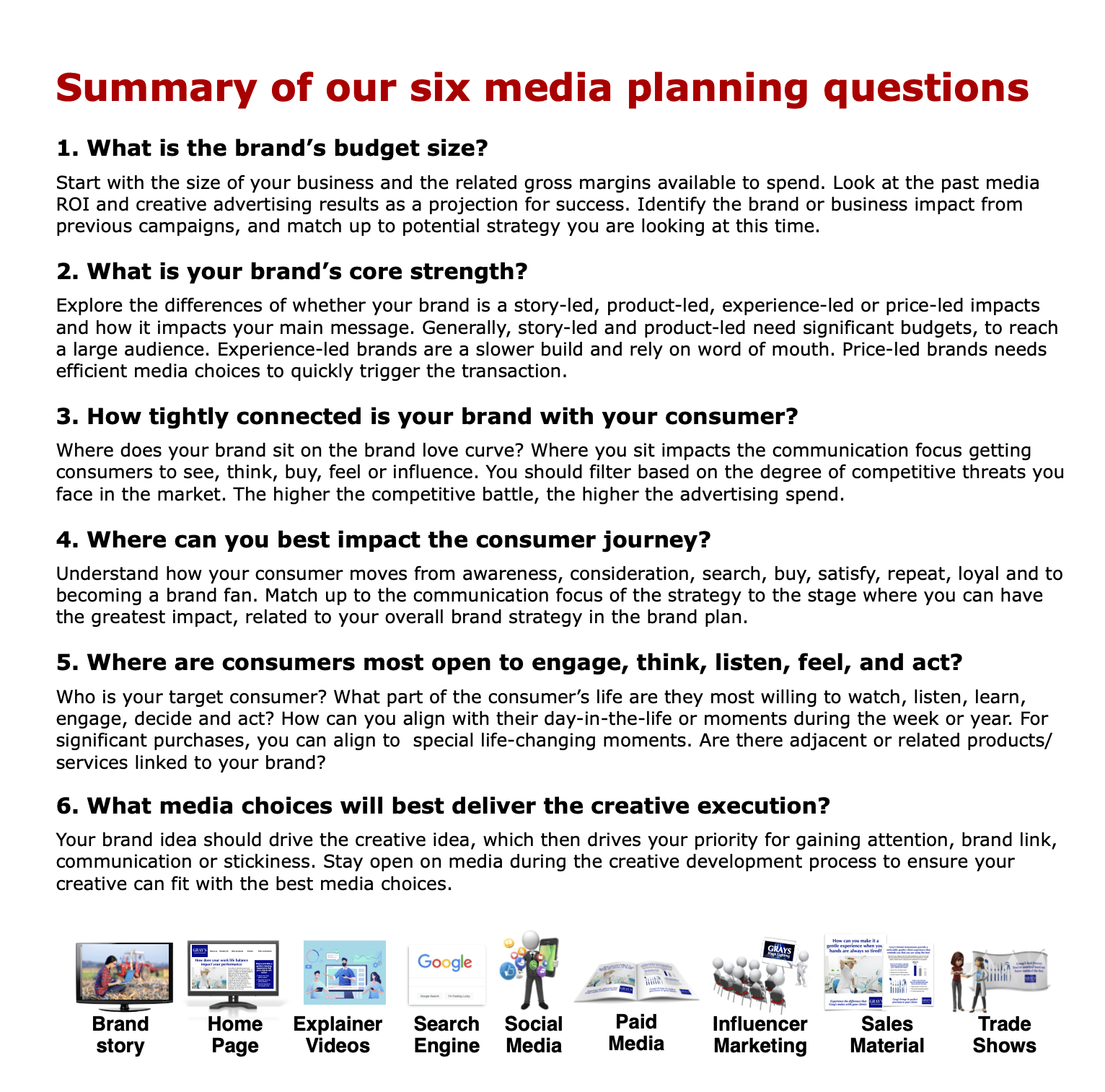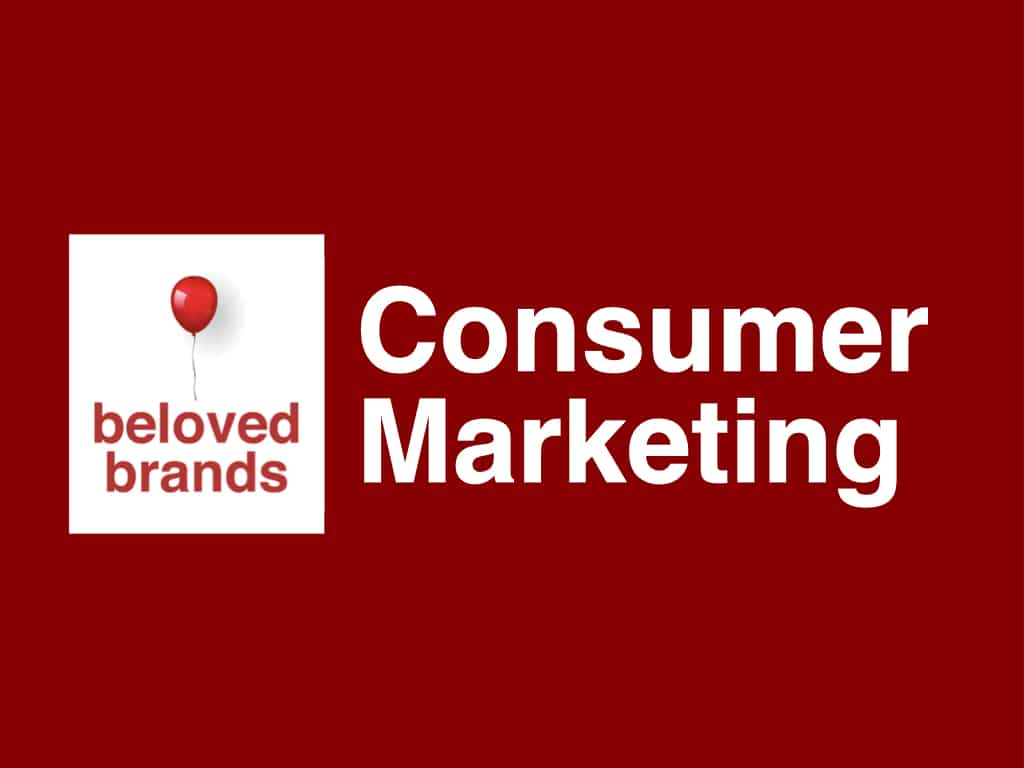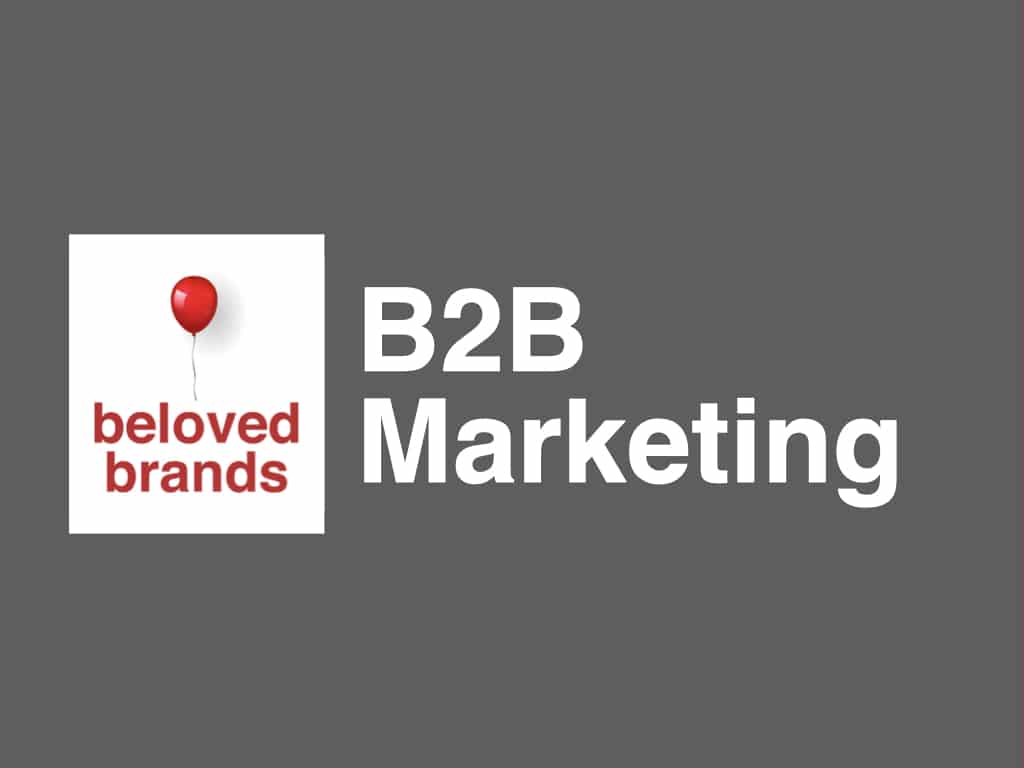Your brand communications plan must steer and inspire the creation of the brand story work, so the brand communications work will establish your brand positioning, and motivate consumers to see, think, feel, do, or influence.
The role of the brand communications plan is an organizing tool to ensure everyone has specific marching orders on the particular strategy related to their function, leaving no room for misinterpretation.
Furthermore, to communicate your brand’s story, use the brand communications plan to organize creative advertising options, and paid, earned, shared, and owned media choices. Align advertising, social media, search, PR, and content management.
Brand Communications Plan
The brand communications plan must answer the following questions:
- What do we need our advertising to do? (Brand strategic objective statement)
- Who is in our desired consumer target? (Most motivated people to buy what we do)
- What are we selling? (Our main consumer benefit we stand behind)
- Why should they believe us? (Support points to back up the main benefit)
- What is our organizing brand idea? (Brand soul, essence or DNA for the brand)
- What do we want people to see, think, feel, do, or influence? (Desired consumer response)
- Where will our consumer be most receptive to see and act upon our message? (Media plan)
The brand communications plan fits into the overall marketing plan. We do have a marketing plan template available and an article on how to write a marketing plan.
For unknown brands, the strategic focus should be to stand out so consumers will notice the brand within a crowded brand world, where they see an estimated 5,000 brand messages per day. For indifferent brands, the strategy must establish the brand in the consumer’s mind so they can see a clear point of difference over their current brand choice. At the like it stage, the strategy is to separate the brand from the pack, creating happy experiences that build a trusted following over time. Only after they trust the brand, they begin to open up. From there, the brand moves to the love it stage, where the focus shifts tightening the bond with the most loyal brand fans. Finally, at the beloved stage, the strategic challenge is to create outspoken, loyal fans who are willing to whisper to their friends on the brand’s behalf.
Writing your strategy statements
You should start off by writing your strategic objective statement using the four components of our a + b + c + d model we use for strategic thinking:
A: The statement calls out the investment into a strategic program, with crystal clear marching orders to the team, leaving no room for doubt, confusion, or hesitation.
B: You should provide a focused opportunity, which is the breakthrough point where the brand will exert pressure to create a market impact.
C: From there, you must have a specific desired market impact to outline the market stakeholder you will attempt to move, whether it is consumers, sales channels, competitors, or influencers.
D: Finally, you need a specific performance result, linking the market impact to a specific result on the brand, either making the brand more powerful or more profitable.
Examples of strategic statements for Special K
- Advertise Special K’s brand idea of “empowering women” (a) focused on women who are frustrated by “lose and gain” diet fads (b), to move new consumers from awareness to trial (c) and gain share (d).
- Build a low-calorie innovation plan across the entire grocery store (a) focused on our most loyal Special K lovers (b), to drive trial of new items (c) and successfully enter new markets (d).
Q2: Who is our desired consumer target? (Most motivated people to buy what we do)
Most marketers think of the type of consumers they want to attract. Why not change your thinking and go after those consumers who are already motivated by what your brand offers? So instead of asking, “Who do we want?” you should be saying, “Who wants us?”
To focus the brand communications plan, I use seven fundamental questions to define and build a profile of your ideal consumer target profile:
- What is the description of the consumer target?
- What are the consumer’s main needs?
- Who is the consumer’s enemy who torments them every day?
- What are the insights we know about the consumer?
- What does the consumer think now?
- How does the consumer buy?
- What do we want consumers to see, think, do, feel or whisper to their friends?
Q3: What are you selling? (Our main consumer benefit we stand behind)
At the heart of any brand communications plan is the main message. Our consumer benefits ladder helps turn your brand’s features into consumer benefits. You should stop talking about what your brand does and start talking about what your consumer gets. The four steps to building a consumer benefits ladder:
- Leverage all available research to define your ideal consumer target profile with need states, consumer insights, and the consumer enemy.
- Brainstorm all possible brand features. Focus on those features you believe give your brand a competitive advantage.
- From there, move up to the functional benefits by putting yourself in the shoes of the consumer. For each feature on your list, ask, “So, what do I get from that?” Challenge yourself to come up with better benefits by asking the question up until you move into a richer zone.
- Finally, move up to the emotional benefits. Look at each functional benefit and ask, “So, how does that make me feel?” As you did in step 3, keep asking the question until you see a more in-depth emotional space you can win with and own.
Q4: Why should they believe us? (Support points to back up the main benefit)
I took one logic class at university, and the only thing I learned was “premise-premise conclusion.” It was an easy class, but a life-long lesson that has stuck with me. Here is a classic logical argument statement
- All fish live in water (premise)
- Tuna are fish (premise)
- Therefore, tuna live in the water (conclusion).
This example fits with my brand positioning statement model, as the main consumer benefit is the conclusion with a need for two support points as the premises. Therefore, if pure logic teaches us that two premise points are good enough to draw out any conclusion, then you only need two “reasons to believe” (RTB).
Brands that build concepts with a laundry list of RTBs are not doing their job in making focused decisions on what support points are required. With consumers seeing 5,000 brand messages per day, having a long list of support points risks making their brand communications a cluttered mess. Claims can be a useful tool in helping to support your RTB, yet the RTB should never be the conclusion.
Read more on how to develop winning claims.
Reason to believe
Q5: What is our organizing brand idea? (Brand soul, brand essence or brand DNA)
Organize your marketing communications plan around a brand idea
With today’s consumers being bombarded with 5,000 brand messages a day, the first seven seconds a consumer engages with a brand is a make-or-break moment. The brand must captivate the consumer’s mind quickly, or the consumer will move on. The brand must be able to entice consumers to want to find out more, then motivate consumers to see, think, feel, or act in positive ways that benefit the brand. To demonstrate, I will show you how to develop a brand idea that serves as your brand’s seven-second sales pitch. It is essential for every brand.
What is the brand idea?
To me, the brand idea simplifies everything, not just for the consumer but for everyone working on the brand. The dictionary definition of the word “idea” means a thought, opinion, belief, or mental impression. A brand idea must be all those things. A brand must get consumers to agree on the brand reputation and get employees who work behind the scenes of the brand to agree and deliver. Let’s assume they are the same thing. What we are creating is the most significant, most prominent and yet most succinct definition of the brand. In other words, to become a successful and beloved brand, you need a brand idea that is interesting, simple, unique, inspiring, motivating and ownable.
Brand idea checklist
The brand idea must be interesting enough to engage and entice consumers on a first encounter to want to know more. Keep it simple enough to gain entry into the consumer’s mind. Your idea must be easily layered to organize everything you do to match up with the five consumer touchpoints, including the brand promise, brand story, innovation, purchase moment, and consumer experience.
To be successful, your idea must be unique enough to build a reputation so consumers will perceive the brand as better, different, or cheaper. The idea must be able to motivate consumers to think, feel, and act in ways that benefit your brand. Furthermore, the idea must represent the inner brand soul of everyone who works on the brand, inspiring employees to deliver the brand promise and amazing experiences. Finally, the brand idea must be ownable, so no other competitor can infringe on your space, and you can confidently build your brand reputation over time.
Read more on how to find your brand idea.
Q6: What do want people to see, think, feel, do, or influence? (Desired consumer impact)
The best brand communications plan can only get the consumer to do one thing at a time, so you should focus your desired response to get consumers to see, think, do, feel or influence others. Decide on what you want the desired response to be before you decide on the stimulus, which is the next question of the brief.
Too many marketers already know what they want to say before they even know the response they want from their consumers. You should start with the desired response, which comes from your brand plan, and only then can you decide what to say to achieve that response.
Q7: Where will our consumers be most receptive to see and act upon our message? (Media plan)
Media is a business investment that showcases your brand story through creative execution to help connect your brand with consumers where consumers are most willing to engage, listen, think, feel, and act in ways that pay back your brand.
To frame your brand communications plan, here are six questions to help build your media plan
- What is the size of your brand’s media budget?
- What is your brand’s core strength?
- How tightly connected is your brand with your consumer?
- Where can you best impact the consumer journey?
- Where will your consumers be most open to engage, listen, think, feel, and act?
- What media choices will best deliver your brand’s creative execution?
Read more on how to come up with your media plan.
We believe that marketers learn best when they see our marketing concepts applied to brands that look like their own. We have come up with specific examples – consumer, B2B and healthcare – to showcase our marketing tools. Click on the icon below to choose your interest area.
Brand Management Mini MBA
Invest in your future. If you are an ambitious marketer, looking to solidify your marketing skills, our Brand Management Mini MBA will teach you about strategic thinking, brand positioning, brand plans, advertising decisions, and marketing analytics.
Have a look at our brochure on our Mini MBA program
Use > to move through the brochure or x to see the full screen.
You get 36 training videos, chapters from our Beloved Brands Playbook, and a Brand Management Workbook with exercises to try in real-time. Earn a certificate you can use on your resume or LinkedIn profile.


